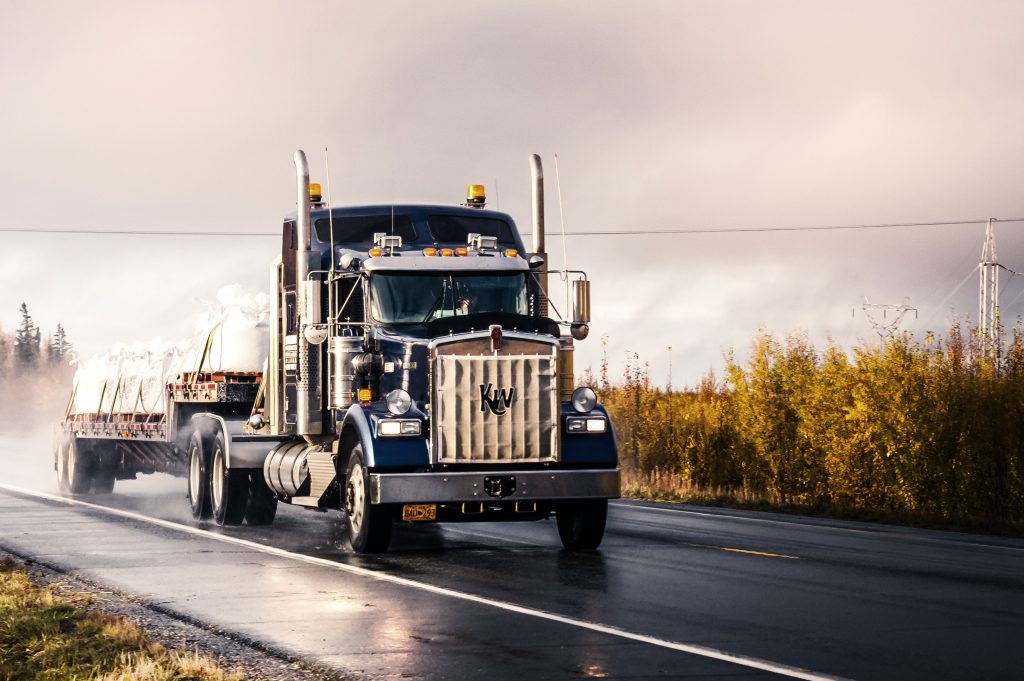What is the Meaning of the Transport Network?


In the modern world of global trade and interconnected economies, transport networks are the lifelines that facilitate the movement of people, goods, and information. These intricate systems of roads, railways, air routes, waterways, and digital highways serve as the arteries through which the lifeblood of commerce flows. In this article, we will unravel transport networks’ meaning, their significance, components, and crucial role in shaping our daily lives. What is the Meaning of the Transport Network?
Defining the Transport Network
A transport network, also known as a transportation network, is a complex, organized system of physical infrastructure and communication pathways that enable the movement of people, goods, and data from one location to another. It is the backbone of modern society, underpinning economic activities, trade, tourism, and even our ability to connect with others across the globe.
Components of a Transport Network
A typical transport network consists of various interconnected components, each serving a specific purpose in transporting goods and information. These components include:
Road Networks:
Roads are the most ubiquitous and flexible component of a transport network. They consist of highways, streets, and rural roads, providing access to urban and remote areas. Road networks support the movement of automobiles, trucks, buses, and cyclists, facilitating the transportation of people and goods.
Rail Networks:
Rail networks comprise a vast track and rail system connecting cities, regions, and countries. Trains are cost-effective and energy-efficient means of transporting goods over long distances and are crucial for agriculture, manufacturing, and logistics industries.
Air Routes:
Air transport networks encompass airports, runways, air traffic control systems, and flight routes. They facilitate the rapid movement of people and cargo, especially for international and time-sensitive shipments.
Maritime Routes:
Maritime networks include navigable waterways, ports, harbors, and shipping lanes. These networks are essential for the transportation of bulk goods, containers, and energy resources on a global scale.
Digital Highways:
In the digital age, information travels across networks of fiber-optic cables and satellite links. These digital highways enable instant communication, data transfer, and access to the internet, connecting people and businesses worldwide.
Significance of Transport Networks
Transport networks are the backbone of modern society and the engine of economic growth. Their significance extends far beyond mere physical infrastructure; here are some key aspects:
Economic Growth:
Transport networks enable the movement of goods, connecting producers to consumers. This flow of goods fuels economic growth by facilitating trade, job creation, and increased economic activity.
Accessibility:
Transport networks improve accessibility to essential services, employment opportunities, healthcare facilities, and educational institutions, bridging the gap between urban and rural areas.
Globalization:
Transport networks play a pivotal role in globalization by connecting countries and regions, promoting international trade, and allowing people to travel and collaborate globally.
Urbanization:
Efficient transport networks are vital for urbanization, as they support the growth of cities and metropolitan areas by providing access to jobs, markets, and amenities.
Environmental Impact:
Transport networks also have significant environmental implications. They contribute to air pollution, greenhouse gas emissions, and habitat disruption. Sustainable transport solutions are essential to mitigate these effects.
Social Connectivity:
Transport networks enhance social connectivity by enabling people to visit friends and family, explore new places, and experience different cultures.
Emergency Response:
During emergencies and disasters, transport networks play a critical role in delivering aid, evacuating affected areas, and ensuring the rapid response of emergency services.
Challenges and Innovations in Transport Networks
While transport networks are crucial for society’s functioning, they also face various challenges, including:
Congestion:
Traffic congestion on roads and overcrowded airports can lead to delays, increased travel times, and reduced efficiency.
Maintenance and Upkeep:
Aging infrastructure requires ongoing maintenance and upgrades to ensure safety and efficiency.
Environmental Impact:
The environmental impact of transportation, including emissions and habitat disruption, poses sustainability challenges.
Safety Concerns:
Safety is paramount in transport networks; measures must be taken to minimize accidents and fatalities.
Innovations and Solutions:
Innovations in transportation technology and infrastructure are addressing these challenges:
Smart Transportation:
Intelligent transportation systems use sensors, data analytics, and real-time information to optimize traffic flow, reduce congestion, and improve safety.
Sustainable Transport:
The development of electric vehicles (EVs), hydrogen fuel cell technology, and sustainable fuels aims to reduce the environmental impact of transportation.
High-Speed Rail:
High-speed rail networks are expanding globally to provide efficient, high-capacity, and environmentally friendly transportation options.
Hyperloop and Maglev:
Emerging technologies like hyperloop and magnetic levitation (maglev) trains promise ultra-fast, energy-efficient transportation.
Communication Infrastructure:
Investments in 5G technology and satellite communication systems enhance connectivity and enable autonomous vehicles and the Internet of Things (IoT).
Transport networks are the lifeblood of modern society, connecting people, businesses, and regions and facilitating economic growth and global interaction. Understanding their components, significance, and the challenges they face is crucial as we continue to innovate and invest in transportation infrastructure for a more connected and sustainable future. Transport networks are more than just roads, rails, and runways; they are the threads that weave together the fabric of our world.
